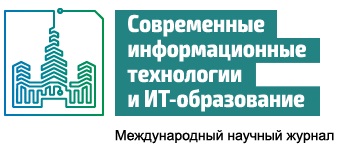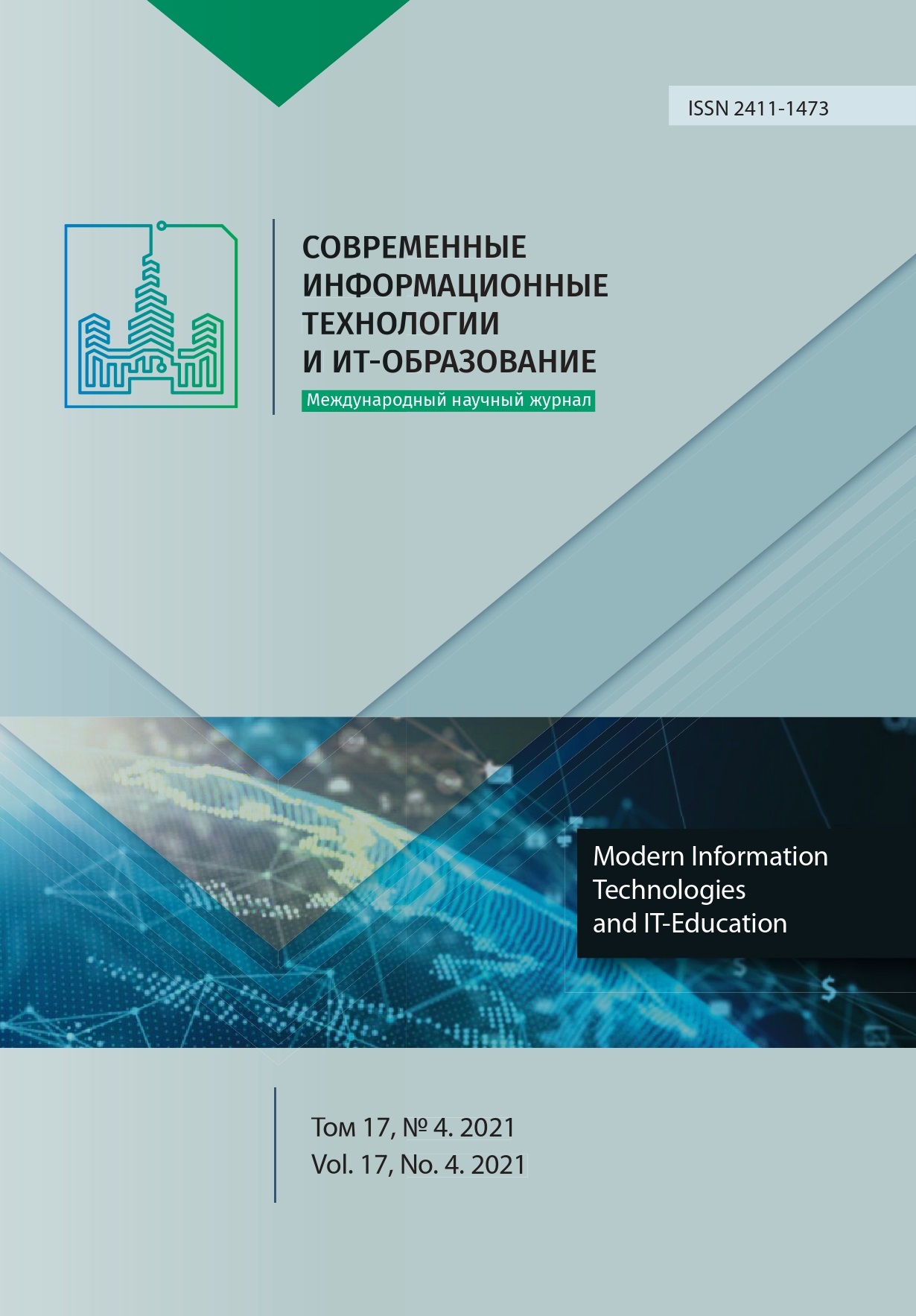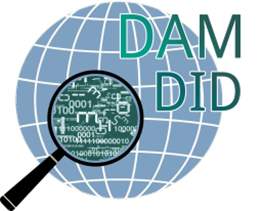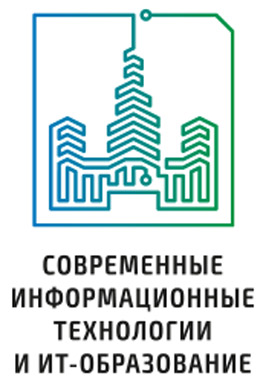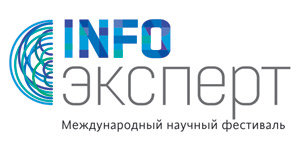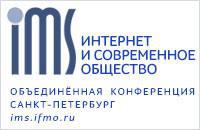Символьное моделирование сообщений и извлечение информации
Аннотация
В обзоре представлены основы обновленного подхода к символьному моделированию (s-моделированию) аудио, видео, графических и др. сообщений и решению задач извлечения информации. Значение задач s-моделирования сообщений и извлечения информации определяется их растущей ролью в различных видах деятельности. Доминирование s-моделей сообщений в интеллектуальной деятельности определяется не только их компактностью и выразительностью, но и отсутствием ограничений на типы носителей, применяемых для их хранения. Носителями могут быть память человека, компьютера, смартфона, цифровой камеры или др. Затраты на построение, копирование, передачу, сохранение и накопление s-моделей сообщений (статей электронных энциклопедий, учебников и научных журналов, навигационных карт, видеосообщений, чертежей машин в системах автоматизированного проектирования, медицинских томограмм, записей музыкальных композиций и др.) несопоставимо меньше, чем аналогичные затраты, связанные с несимвольными моделями (макетами судов, зданий и др.). S-моделирование сообщений рассматривается как их отображение в выбранную среду моделирования, выполненное при заданных ограничениях, соответствующих условиям решения задач извлечения информации. Адекватность s-моделей сообщений определяется степенью их соответствия задачам, для решения которых они созданы, и точностью результатов, получаемых при решении этих задач. Предложены обновленные определения понятий s-(символа, кода, сигнала, сообщения, данных, информации). Рассмотрены уточненные s-модели задачи, алгоритма, программы, системы понятий и системы знаний. Задача извлечения информации из сообщения рассматривается как задача интерпретации сообщения на s-модели системы понятий. Приведен краткий обзор работ А.Н. Колмогорова и К. Шеннона, посвященных задачам передачи сообщений. В этих работах говорится о «количестве информации» и рассматриваются задачи, связанные с этим понятием. Понятие «информация» (как результат интерпретации сообщений на моделях систем понятий) там не рассматривается. Приведен пример применения предложенного подхода к анализу задачи перевода с одного языка на другой.
Литература
2. Califf M.E., Mooney R.J. Bottom-Up Relational Learning of Pattern Matching Rules for Information Extraction. Journal of Machine Learning Research. 2003; 4:177-210. Available at: https://www.jmlr.org/papers/volume4/califf03a/califf03a.pdf (accessed 10.09.2021). (In Eng.)
3. Siefkes C., Siniakov P. An Overview and Classification of Adaptive Approaches to Information Extraction. In: Spaccapietra S. (ed.) Journal on Data Semantics IV. Lecture Notes in Computer Science. Vol. 3730. Springer, Berlin, Heidelberg; 2005. p. 172-212. (In Eng.) doi: https://doi.org/10.1007/11603412_6
4. Altınel B., Ganiz M.C. Semantic text classification: A survey of past and recent advances. Information Processing & Management. 2018; 54(6):1129-1153. (In Eng.) doi: https://doi.org/10.1016/j.ipm.2018.08.001
5. Vo D.-T., Al-Obeidat F., Bagheri E. Extracting temporal and causal relations based on event networks. Information Processing & Management. 2020; 57(6): 102319. (In Eng.) doi: https://doi.org/10.1016/j.ipm.2020.102319
6. Zhang N., et al. Contrastive Information Extraction With Generative Transformer. IEEE/ACM Transactions on Audio, Speech, and Language Processing. 2021; 29:3077-3088. (In Eng.) doi: https://doi.org/10.1109/TASLP.2021.3110126
7. Xu R., et al. Joint Extraction of Retinal Vessels and Centerlines Based on Deep Semantics and Multi-Scaled Cross-Task Aggregation. IEEE Journal of Biomedical and Health Informatics. 2021; 25(7):2722-2732. (In Eng.) doi: https://doi.org/10.1109/JBHI.2020.3044957
8. Liu X., Cheng J., Zhang Q. Multi-Stream Semantics-Guided Dynamic Aggregation Graph Convolution Networks to Extract Overlapping Relations. IEEE Access. 2021; 9:41861-41875. (In Eng.) doi: https://doi.org/10.1109/ACCESS.2021.3062231
9. Abdollahi A., Pradhan B., Alamri A. VNet: An End-to-End Fully Convolutional Neural Network for Road Extraction From High-Resolution Remote Sensing Data. IEEE Access. 2020; 8:179424-179436. (In Eng.) doi: https://doi.org/10.1109/ACCESS.2020.3026658
10. Yu X., et al. LSTM-Based End-to-End Framework for Biomedical Event Extraction. IEEE/ACM Transactions on Computational Biology and Bioinformatics. 2020; 17(6):2029-2039. (In Eng.) doi: https://doi.org/10.1109/TCBB.2019.2916346
11. Wang J., Song J., Chen M., Yang Z. Road network extraction: a neural-dynamic framework based on deep learning and a finite state machine. International Journal of Remote Sensing. 2015; 36(12):3144-3169. (In Eng.) doi: https://doi.org/10.1080/01431161.2015.1054049
12. Wang R., Zhang W., Shi W., Wang X., Cao W. GA-ORB: A New Efficient Feature Extraction Algorithm for Multispectral Images Based on Geometric Algebra. IEEE Access. 2019; 7:71235-71244. (In Eng.) doi: https://doi.org/10.1109/ACCESS.2019.2918813
13. Baviskar D., Ahirrao S., Potdar V., Kotecha K. Efficient Automated Processing of the Unstructured Documents Using Artificial Intelligence: A Systematic Literature Review and Future Directions. IEEE Access. 2021; 9:72894-72936. (In Eng.) doi: https://doi.org/10.1109/ACCESS.2021.3072900
14. Ilyin A.V., Ilyin V.D. Towards a Normalized Economic Mechanism Based on E-services. Agris On-line Papers in Economics and Informatics. 2014; (3):39-49. Available at: https://online.agris.cz/archive/2014/03/04 (accessed 10.09.2021). (In Eng.)
15. Newell A., Simon H. Computer science as empirical inquiry: symbols and search. Communications of the ACM. 1976; 19(3):113-126. (In Eng.) doi: https://doi.org/10.1145/360018.360022
16. Ilyin V.D. Symbolic Modeling (S-Modeling): an Introduction to Theory. In: Silhavy R. (ed.) Artificial Intelligence Trends in Systems. CSOC 2022. Lecture Notes in Networks and Systems. Vol. 502. Springer, Cham; 2022. (In Eng.) doi: https://doi.org/10.1007/978-3-031-09076-9_54
17. Cerf V., Kahn R. A Protocol for Packet Network Intercommunication. IEEE Transactions on Communications. 1974; 22(5):637-648. (In Eng.) doi: https://doi.org/10.1109/TCOM.1974.1092259
18. Ilyin A.V., Ilyin V.D. Interval Planning the Supplies of Scarce Product. Contemporary Engineering Sciences. 2015; 8(31):1495-1498. (In Eng.) doi: https://doi.org/10.12988/ces.2015.59263
19. Zhyrnov V., Solonskaya S. Metod preobrazovaniya simvol’nykh radarnykh otmetok malozametnykh podvizhnykh ob”yektov na osnove effekta Tal’bota [Method for transforming symbolic radar marks of low-noticeable moving objects based on the Talbot effect]. Radiotekhnika: All-Ukr. Sci. Interdep. Mag. No. 205. KNURE, Kharkiv; 2021. p. 129-137. (In Russ., abstract in Eng.) doi: https://doi.org/10.30837/rt.2021.2.205.14
20. Shvalov D.V., Kravchenko V.A., Shirapov D.Sh. Automated Logic-Mathematical Modeling of Railway Automation Devices Technical Condition. 2019 International Multi-Conference on Industrial Engineering and Modern Technologies (FarEastCon). IEEE Press, Vladivostok, Russia; 2019. p. 1-7. (In Eng.) doi: https://doi.org/10.1109/FarEastCon.2019.8934943
21. Kravchenko V.A., Shirapov D.Sh. Logic-Functional Modeling of Nonlinear Radio Engineering Systems. 2018 International Multi-Conference on Industrial Engineering and Modern Technologies (FarEastCon). IEEE Press, Vladivostok, Russia; 2018. p. 1-6. (In Eng.) doi: https://doi.org/10.1109/FarEastCon.2018.8602769
22. Ilyin V.D., Sokolov I.A. Informatsiya kak rezul'tat interpretatsii soobshcheniy na simvol'nykh modelyakh sistem ponyatiy [Information as a result of message interpretation based on s-model of systems of concepts]. Informacionnye tekhnologii I I vichslitel’nye sistemy = Journal of Information Technologies and Computing Systems. 2006; (4):74-82. Available at: https://www.elibrary.ru/item.asp?id=12830934 (accessed 10.09.2021). (In Russ., abstract in Eng.)
23. Ilyin A.V., Ilyin V.D. The Technology of Interactive Resource Allocation in Accordance with the Customizable System of Rules. Applied Mathematical Sciences. 2013; 7(143):7105-7111. (In Eng.) doi: http://dx.doi.org/10.12988/ams.2013.311649
24. Shannon C.E. A Mathematical Theory of Communication. The Bell System Technical Journal. 1948; 27(3):379-423. ( In Eng.) doi: https://doi.org/10.1002/j.1538-7305.1948.tb01338.x
25. Kolmogorov A.N. Tri podkhoda k opredeleniyu ponyatiya "Kolichestvo informatsii" [Three approaches to the definition of the concept "quantity of information"]. Problemy peredaсhi informatsii = Problems of Information Thransmission. 1965; 1(1):3-11. Available at: http://mi.mathnet.ru/rus/ppi/v1/i1/p3 (accessed 10.09.2021). (In Russ.)

Это произведение доступно по лицензии Creative Commons «Attribution» («Атрибуция») 4.0 Всемирная.
Редакционная политика журнала основывается на традиционных этических принципах российской научной периодики и строится с учетом этических норм работы редакторов и издателей, закрепленных в Кодексе поведения и руководящих принципах наилучшей практики для редактора журнала (Code of Conduct and Best Practice Guidelines for Journal Editors) и Кодексе поведения для издателя журнала (Code of Conduct for Journal Publishers), разработанных Комитетом по публикационной этике - Committee on Publication Ethics (COPE). В процессе издательской деятельности редколлегия журнала руководствуется международными правилами охраны авторского права, нормами действующего законодательства РФ, международными издательскими стандартами и обязательной ссылке на первоисточник.
Журнал позволяет авторам сохранять авторское право без ограничений. Журнал позволяет авторам сохранить права на публикацию без ограничений.
Издательская политика в области авторского права и архивирования определяются «зеленым цветом» в базе данных SHERPA/RoMEO.
Все статьи распространяются на условиях лицензии Creative Commons «Attribution» («Атрибуция») 4.0 Всемирная, которая позволяет другим использовать, распространять, дополнять эту работу с обязательной ссылкой на оригинальную работу и публикацию в этом журналe.
